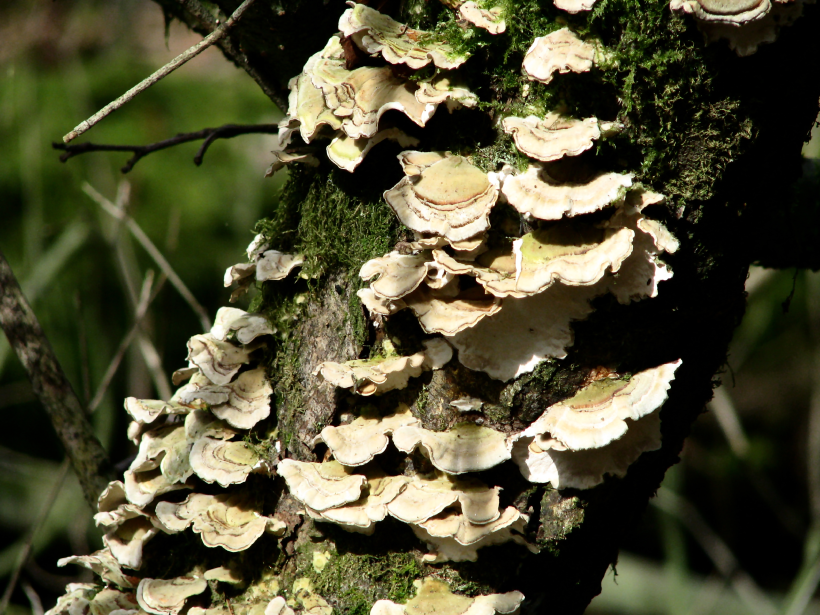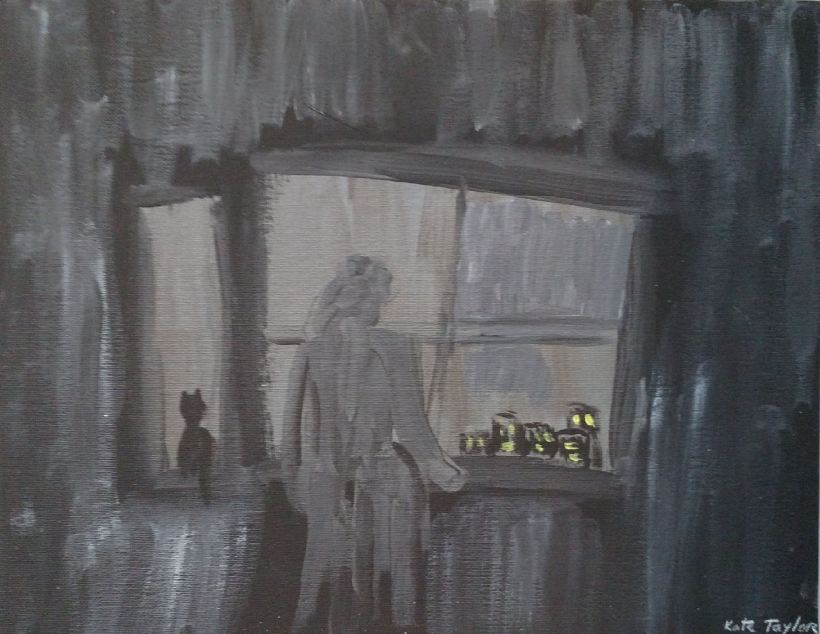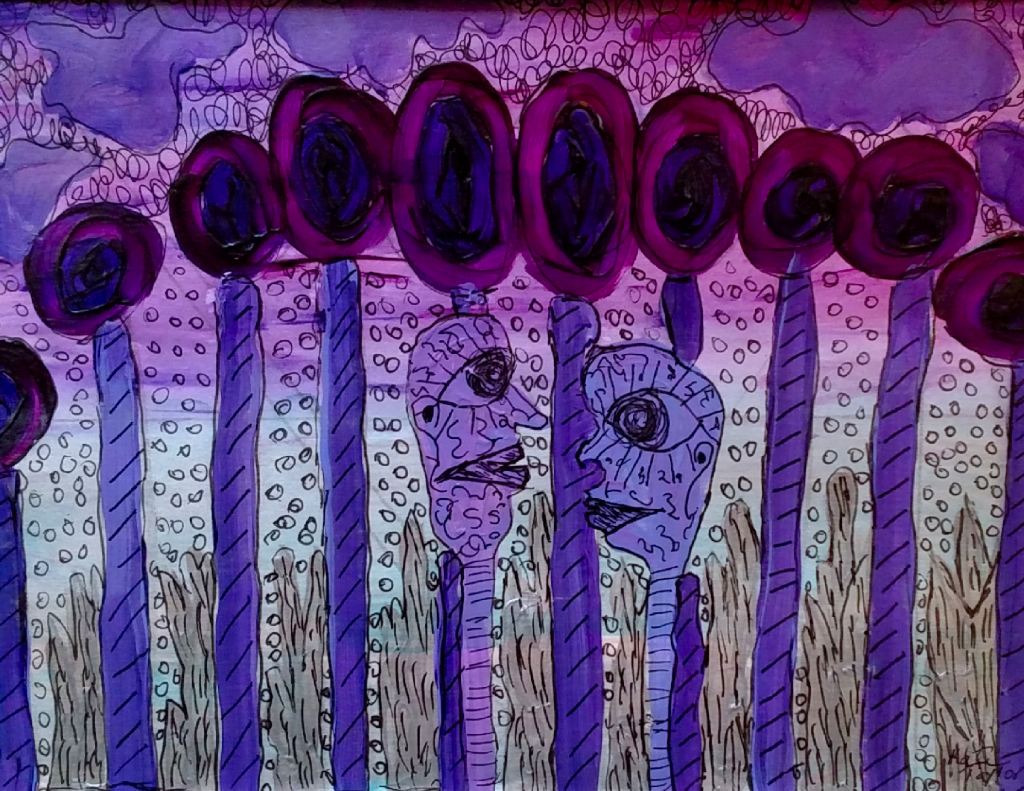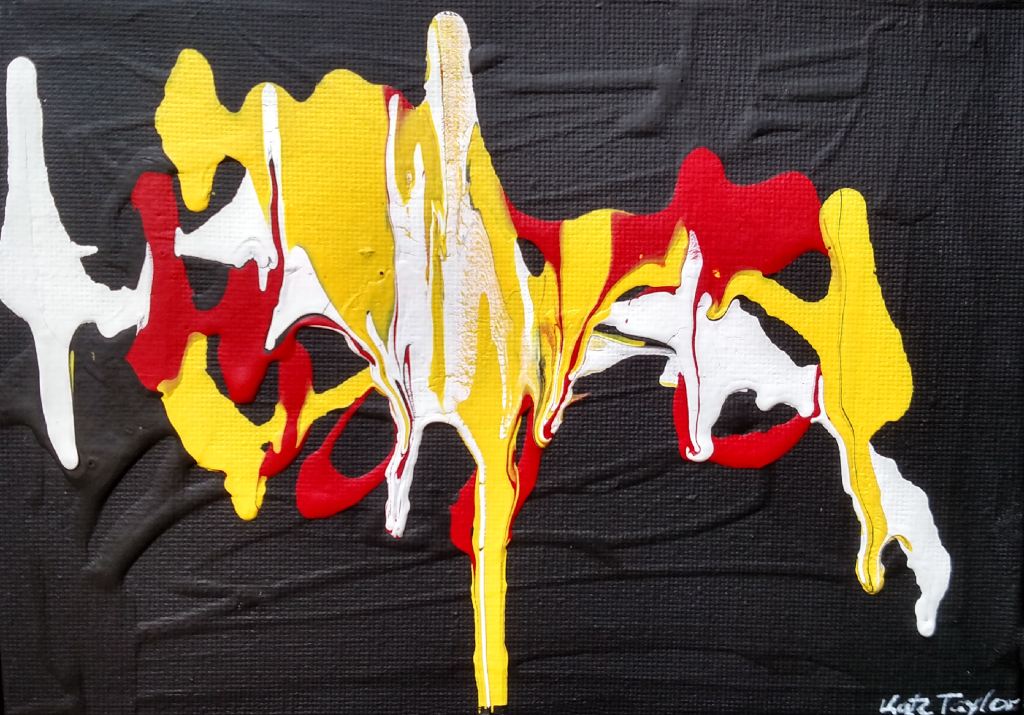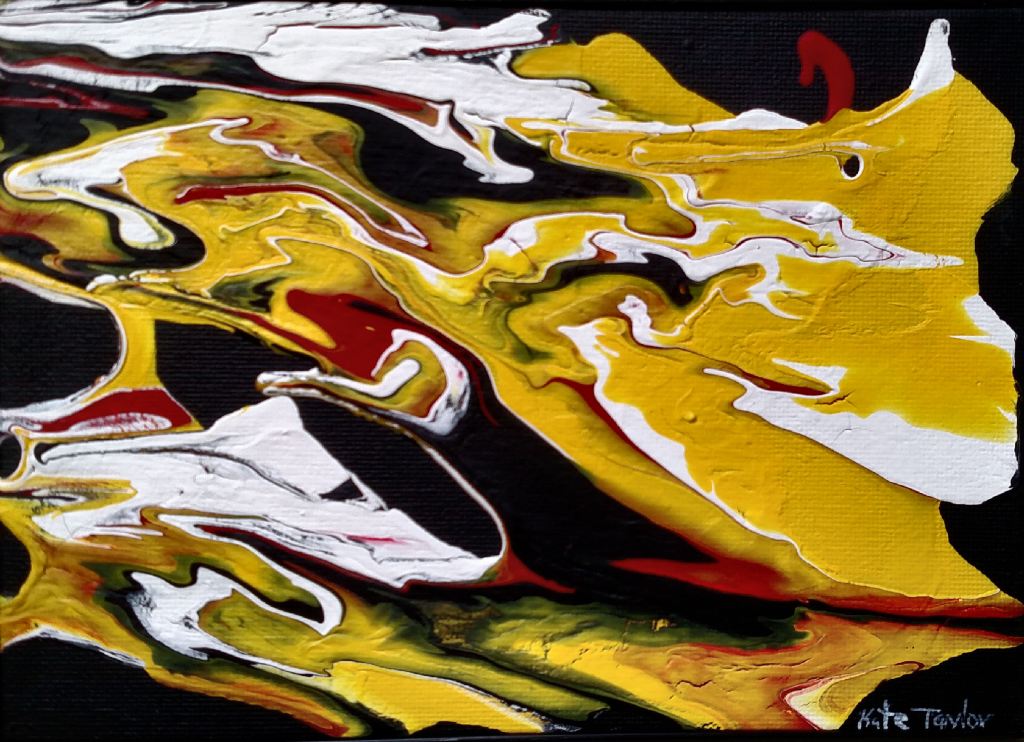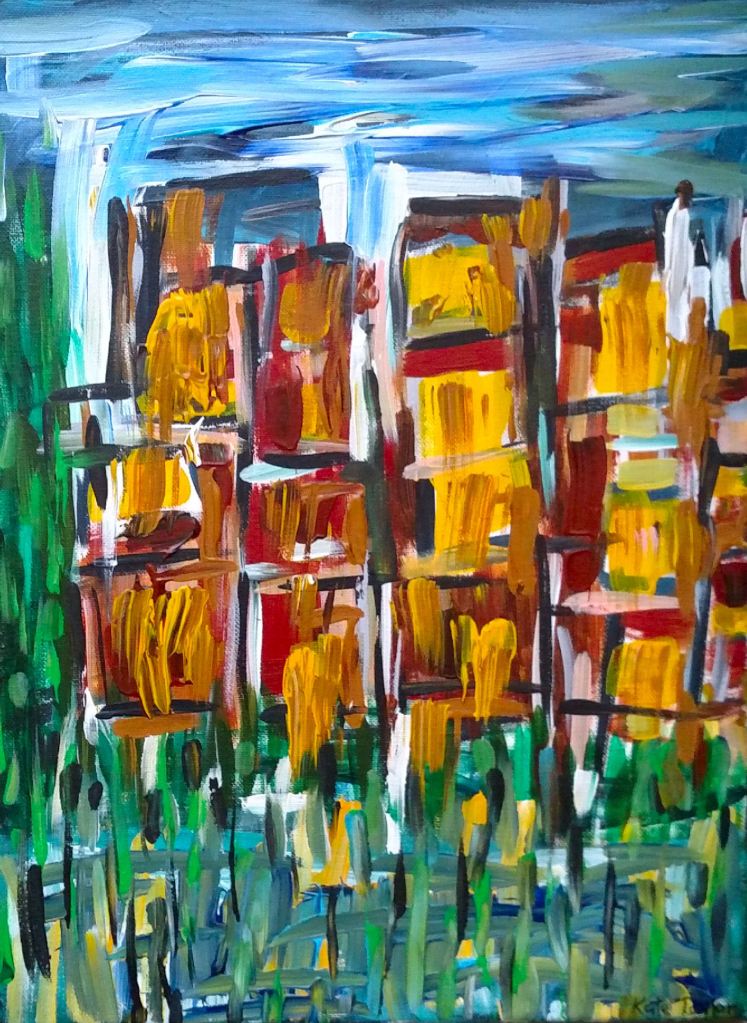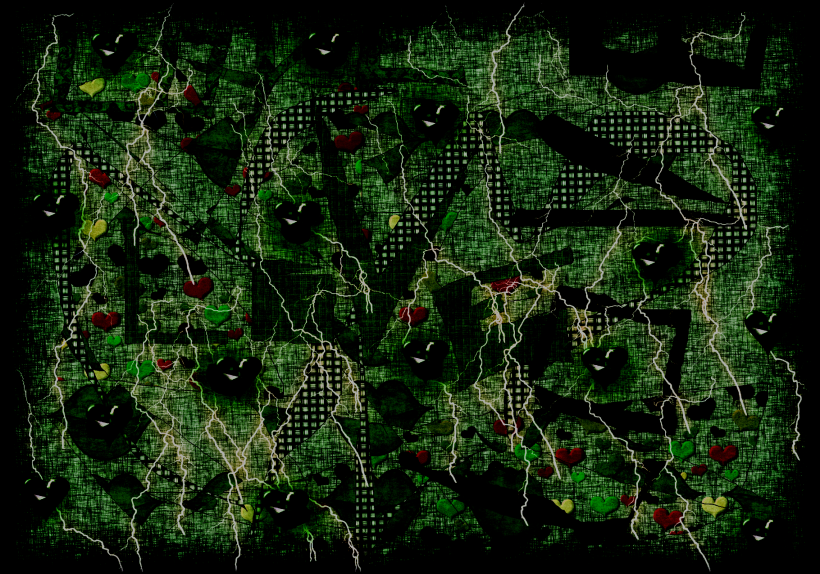The other day someone asked me when I knew I was an artist. I didn’t even hesitate because that day had nothing to do with art. It had to do with something far deeper and hungrier in me, the need for community. And I sought it for most my life.
It started in my late teens when I spent about three months in a commune. It was a period of time when I struggled with a lot of things. I needed to get away from my father’s violent temper and his drunken rages. I mostly stayed with Kristina in a cheap motel room where the only window overlooked an alley where the working girls entertained clients who couldn’t afford to pay for a room.
We both worked in a coffee shop owned by an Armenian immigrant, who gave us jobs during our high school years and paid us under the table. He was the closest thing to a stable family for both of us then. He knew what my father looked like and he always hid me when he saw him coming. We always felt safe at work. Other than Dimitri’s coffee shop, neither of us really had a home other than the beds of temporary boyfriends.
That changed when we became involved in the Peace Rat collective. We helped young, scared men apply for conscientious objector status, the first joint writing project Kristina and I did together. When their applications were denied, we helped them get to Canada. During the height of the Vietnam war the fervor to go after pacifists like ourselves was at insanity levels. Several of us were evicted from our apartments, and found it nearly impossible to rent another because we were considered anarchists. So when we heard of a communal living situation in the foothills, we went for it.
It took three months for me to know as much as I loved the community and the people in it, I was basically a loner and living among so many people was not something I could do. I went back to work for Dimitri and rented a cheap hole in the wall studio apartment in a seedy part of town. But I stayed in touch with the folks from the commune, and I still communicate with some of them.
My experience there taught me the value of being around those who saw the world through the same filters. We were not the same people, but we shared similar visions. We wanted peace. We wanted equality for all humans. We wanted love and kindness to guide us along whatever path we walked. We wanted a sense of belongingness, a community where it didn’t matter if we were understood as long as we were accepted.
Over the years, through the pursuit of all those pieces of paper that pronounced me educated, I experienced that same sense of community in many different ways and with different people. I was a member of a peyote church for about a year. I went to what were then called happenings, love fests, music festivals. I moved on to barter fairs, rainbow gatherings, and Dead shows. I was part of a community that grew and changed according to my need to take part in it, whether it was a small introspective group harvesting peyote for a ceremony or a gathering of several thousand naked dancing hippies. It was all community and it all fed me.
As I grew older I began to narrow my search to one that was more permanent and less transitory. I wanted permanence. Understanding of who I was inside became important. Introspection in others became important. I became impatient and finally discouraged by the shallow and the selfish because I knew the good that was out there. I had followed it for decades and knew the hold it had on me. I didn’t want to explain anymore why the inner world mattered as much if not more than the outer world. I didn’t want to explain anymore. I was tired of trying to fit into that square peg with my round life.
And then I noticed something start to happen. Some of my circle of what I thought was my community started to fall away. It wasn’t any one thing most of the time. It was simply that one day I realized I had what I wanted all along. I didn’t recognize it at first because of the layers of clay, ink, paint, and dye that covered it. But eventually most of the people I felt the most connected to, most of the people that were the constant in the communities I was part of were artists. It was that way since i was 14 and it is that way now. I had completed the circle. The realization was like suddenly realizing I had ten digits when I thought I only had nine. I felt whole for the first time in my life.
It’s been a few years now since that day but once it became clear there was no going back. My community are people who spend a lot of time alone giving life to what lives inside them. They’ve explored the light, the dark, the good, the bad and everything in between. When you’ve gone through that it doesn’t need to be explained. It’s in the very air you breathe together. It’s in those quiet moments when you understand what it means to see behind your eyes. It is the baring of souls through art. It is drawing the depths into the foreground so others can, if not understand, to at least accept. It is belongingness. It is community.
